Tobacco
India is the world’s second-largest tobacco producer, with an annual production of 870 million kilograms, and a major global exporter. The sector supports around 26 million farmers and workerswho are dependent on tobacco for their livelihood. The Tobacco Industry in India provided direct and indirect livelihood to around 46 million people.
Tobacco was discovered by Columbus in 1492 during his search for a sea route to India. It was introduced to India in 1508 by explorers from South America. Today, tobacco is a major commercial crop in the country.
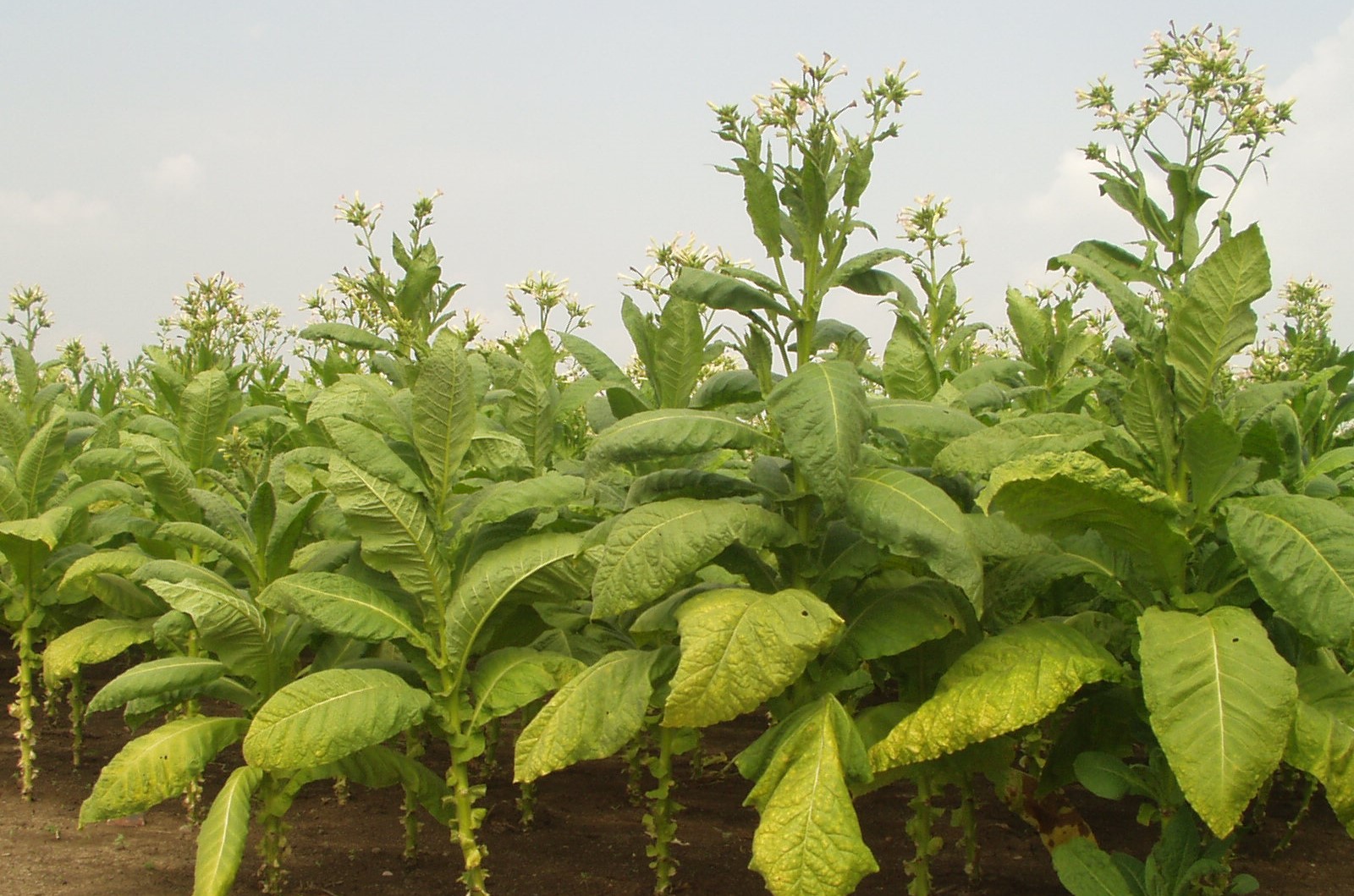
Climatic Requirement
Tobacco cultivation in India flourishes in tropical and subtropical climates, requiring a frost-free period of 90 to 120 days and an optimal temperature range of 20–30°C. While the crop is relatively drought-tolerant, a well-distributed annual rainfall of about 100 cm supports healthy growth. Bright, dry weather is especially important during the curing phase to ensure quality. Although climate is important, soil plays a more critical role—well-drained, friable sandy loams are considered ideal.
Soils
Tobacco grows best in well-drained, fertile soils like sandy loams, sandy clay loams, and red loamy soils, with a preferred pH of 5.5 to 6.5. It prefers soils with moderate water-holding capacity, rich in organic matter but not excessively fertile, as too much nitrogen can reduce leaf quality. An ideal soil pH of 5.5 to 6.5 is recommended. Proper soil preparation, including deep ploughing and good drainage, is crucial since tobacco is sensitive to waterlogging.
Notably, tobacco is often cultivated on marginal lands where other crops may not perform well, and it can tolerate dry climatic conditions. Despite its economic importance, tobacco occupies only 4.64 lakh hectares of India’s arable land.
Sowing Time & Methods
The sowing time for tobacco in India varies based on the region and the type of tobacco cultivated. In major tobacco-growing States like Andhra Pradesh and Gujarat, nursery sowing is generally carried out between June and August, followed by transplanting from September to November. In contrast, Karnataka follows an earlier schedule, with nursery sowing taking place from March to April and transplanting between May and July. Tobacco is commonly grown as a transplanted crop, where seeds are first raised in nursery beds before being shifted to the main field. The ridge and furrow method is widely adopted to promote proper drainage and healthy root development.
Growing States
Tobacco is grown across several States in India, with the major producers being Andhra Pradesh, Gujarat, Karnataka, Uttar Pradesh, and Bihar. Andhra Pradesh leads in the cultivation of Flue-Cured Virginia (FCV) tobacco, while Gujarat is known for its high-quality bidi tobacco. Karnataka also contributes significantly to FCV tobacco production. These States offer suitable climatic and soil conditions, making them key contributors to India’s tobacco economy.
Varieties
Various types of tobaccos are cultivated in India for use in tobacco products such as Cigarette, Bidi, Cigar, Cheroot, Hookah, Chewing and Snuff etc. Following are the tobacco varieties grown in different parts of the country:
| Types of Tobacco | States |
|---|---|
| FCV Tobacco | Andhra Pradesh, Telangana & Karnataka |
| Bidi Tobacco | Gujarat, Nipani area of Karnataka, Maharashtra & Andhra Pradesh |
| Cigar & Cheroot | Tamil Nadu & West Bengal |
| Hookah Tobacco | Assam, West Bengal, Bihar, Uttar Pradesh & Gujarat |
| Chewing & Snuff | Tamil Nadu, West Bengal, Bihar, Assam, Uttar Pradesh, Gujarat & Madhya Pradesh |
| Natu, Burley, Lanka & HDBRG etc. |
Andhra Pradesh, Telangana & Karnataka |
Water Management
Tobacco is drought-tolerant crop, mostly grown in rainfed conditions. In areas with irregular rainfall, drip irrigation and flood irrigation are commonly used to meet the moisture requirement for the crop. In States like Andhra Pradesh, Karnataka and Gujarat, where tobacco is a major crop, water conservation techniques, such as rainwater harvesting are increasingly being adopted to ensure sustainable tobacco farming.
Weed Control
Effective weed control is vital for healthy tobacco growth and optimal yields in India, as weeds compete for resources. Common methods include manual weeding, cultivation, and herbicides. Major weed categories are grasses (e.g., Panicum repens), broadleaf weeds (e.g., Portulaca oleracea), and sedges (e.g., Cyperus compressus). The parasitic weed broomrape (Orobanche cernua) is a significant threat, hindering growth and quality by drawing nutrients from the roots. Farmers in States like Andhra Pradesh and Gujarat often integrate traditional and modern techniques for efficient weed management.
Glimpses from Our Social Media Posts
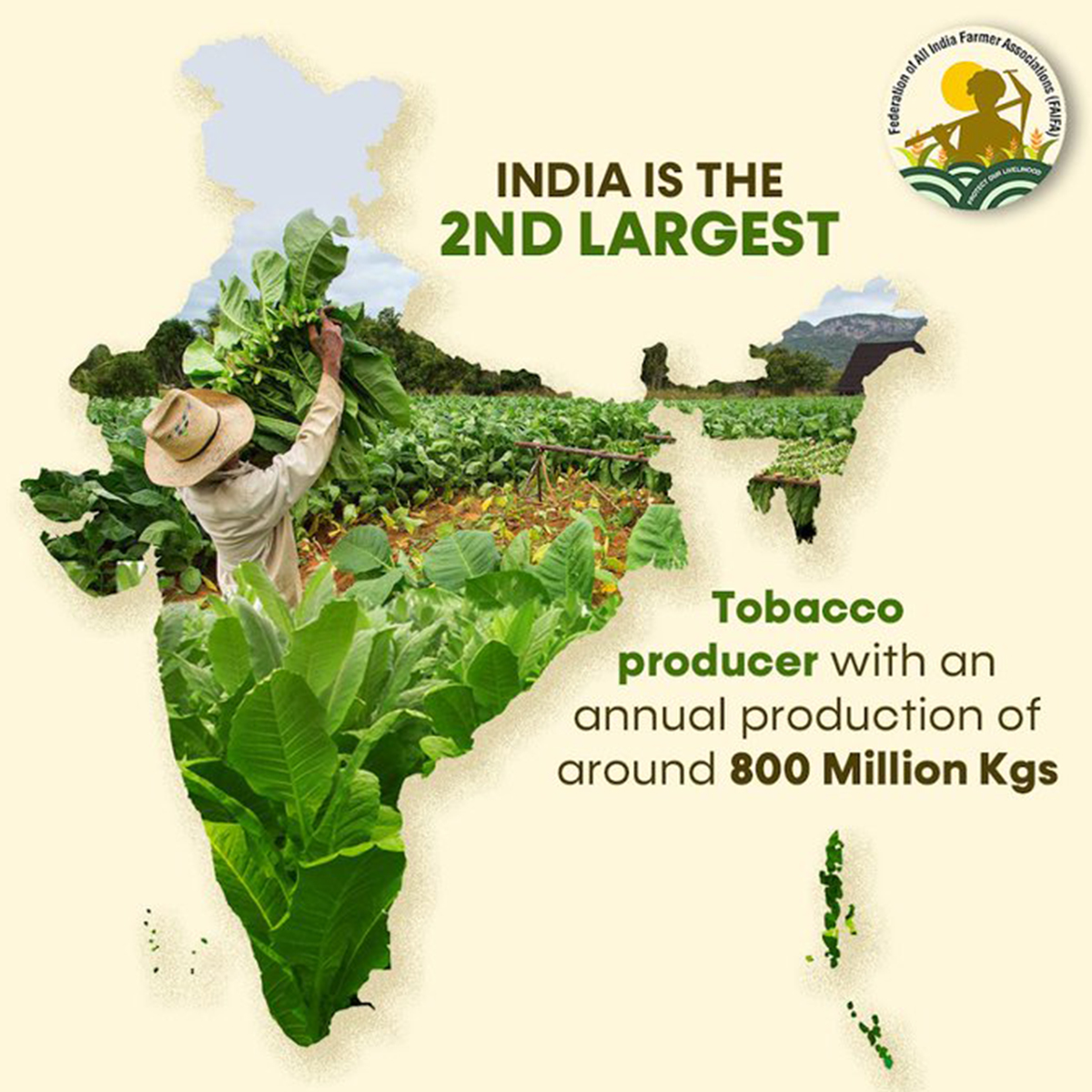
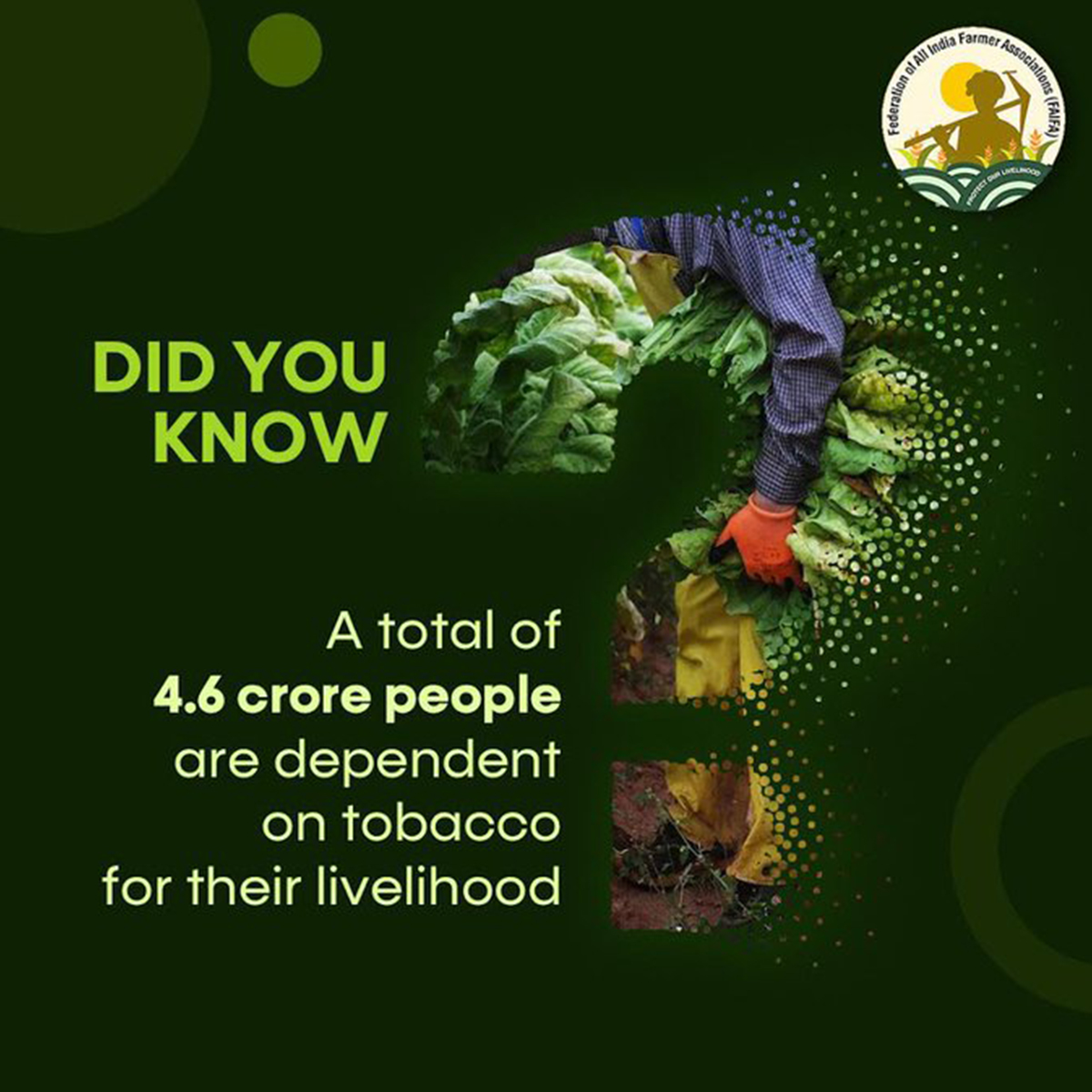
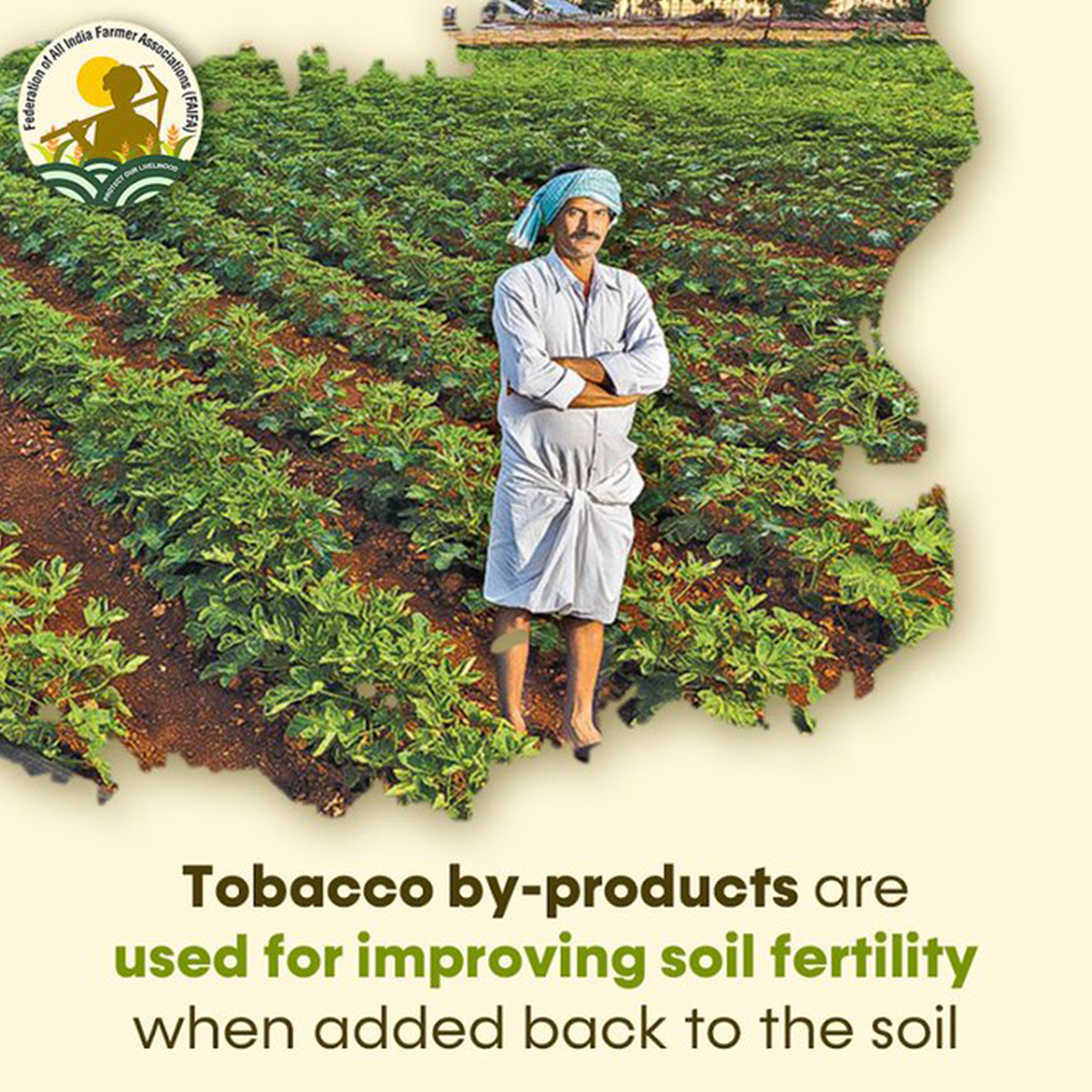
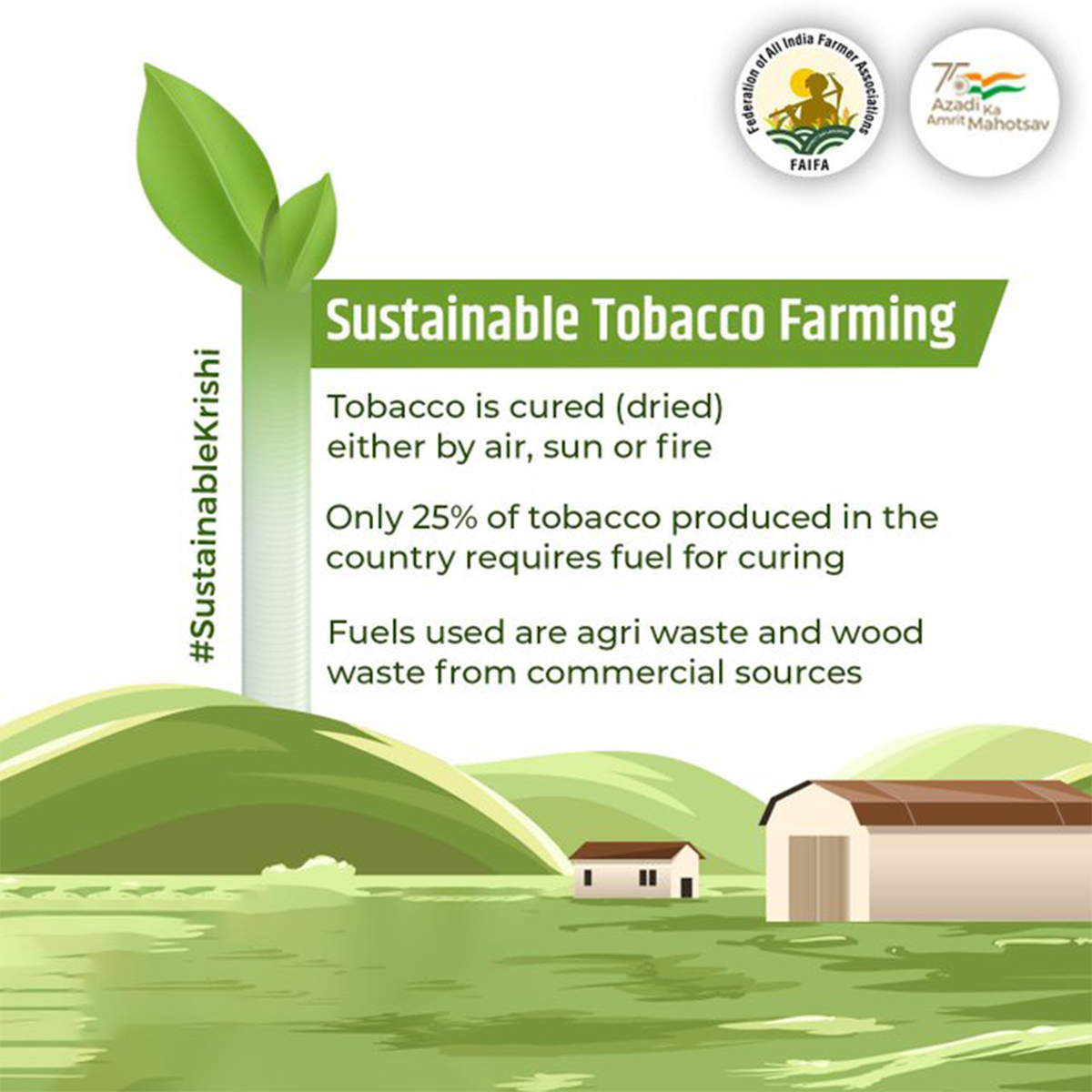
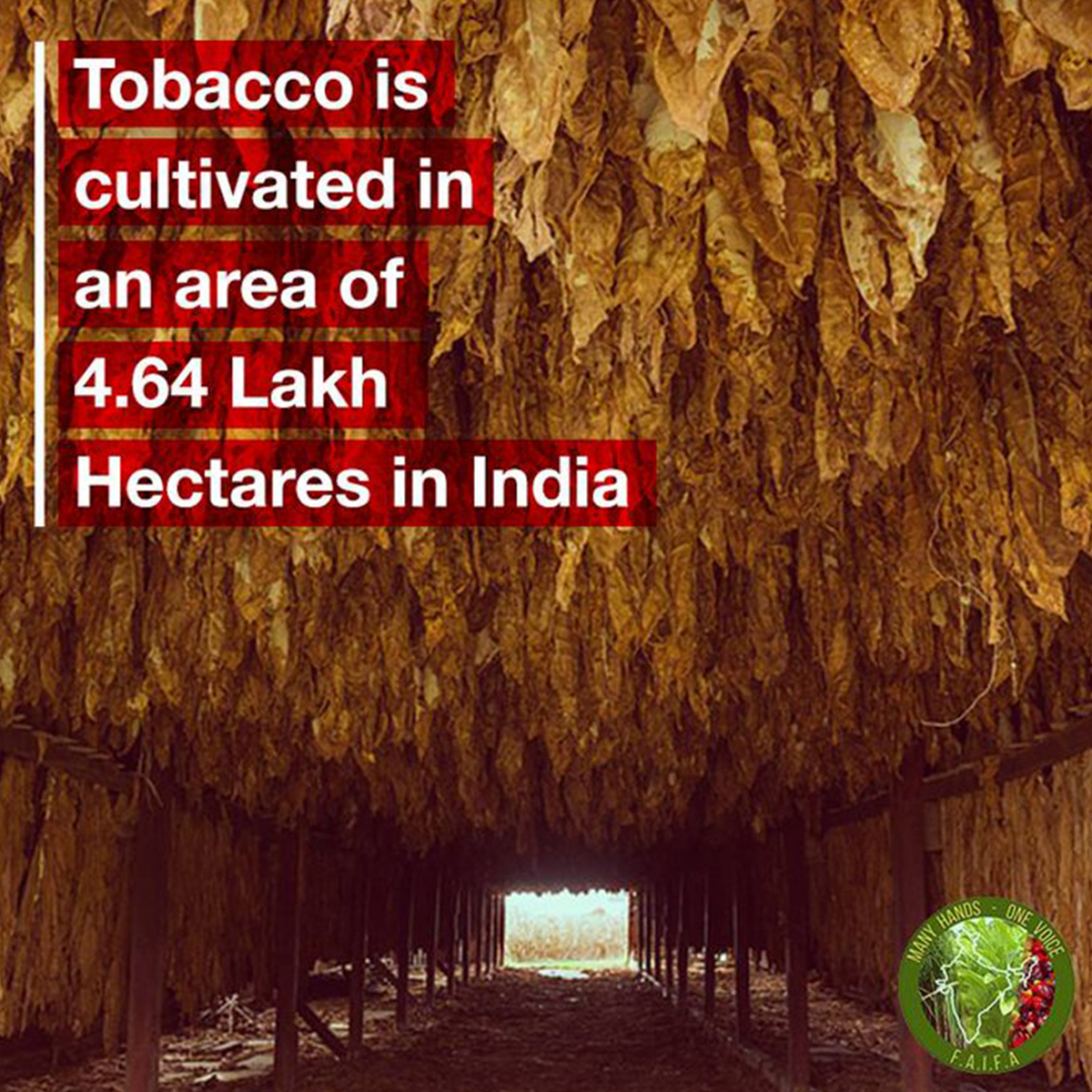





Tobacco– All India Area and Production
|
|
2019-20 | 2020-21 | 2021-22 | 2022-23 | 2023-24 |
| Area (Million Hectares) |
404 | 360 | 390 | 380 | 410 |
| Production (Million Tonnes) |
800 | 760 | 820 | 770 | 870 |
Source: Directorate of Economics & Statistics, Department of Agriculture and Farmers Welfare.
Tobacco Exports from India
|
|
2019-20 | 2020-21 | 2021-22 | 2022-23 | 2023-24 |
| Quantity (Million Kgs) |
217 | 212 | 225 | 291 | 315 |
| Value (Rs. Crore) |
5,970 | 6,306 | 6,880 | 9,740 | 12,006 |
Source: Tobacco Board, Government of India; https://tradestat.commerce.gov.in
Tobacco exports offer significant potential for boosting the country’s foreign exchange reserves. India exports a wide range of tobacco products—including raw and unmanufactured tobacco, as well as manufactured items like cigarettes and bidis—to more than 115 countries. Key export destinations include the UAE, Belgium, Indonesia, Egypt, Russia, the Philippines, Singapore, and Germany.
